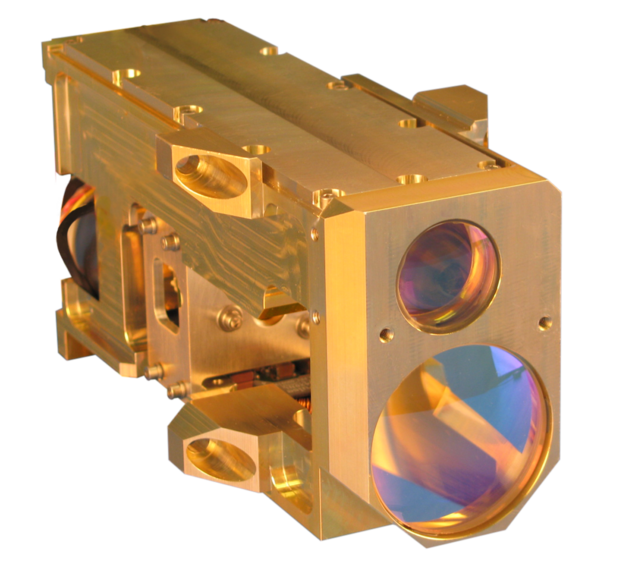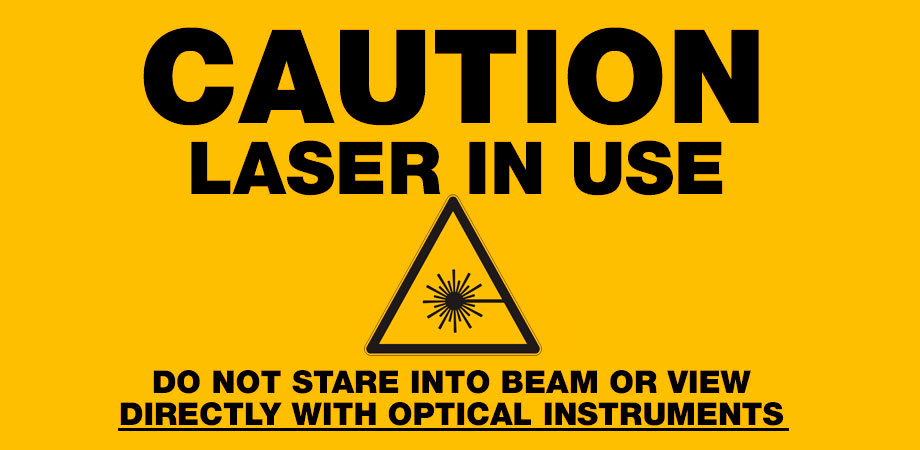Free Suggestions To Choosing A Safe Laser Device
Free Suggestions To Choosing A Safe Laser Device
Blog Article
What Is The Most Safe Low-Level Laser Therapy (Lllt)?
Safe Laser low-level-laser therapy (LLLT), can help in the treatment of a range of dental problems via several ways. LLLT reduces inflammation in dental diseases like gingivitis, periodontitis, and other gum diseases.
LLLT accelerates the healing process and regenerates tissues by encouraging the cellular metabolism. In dental procedures such as periodontal surgery or oral surgery, LLLT can help enhance healing of wounds and lessen post-operative discomfort.
Pain relief- LLLT helps reduce pain by altering nerve conductivity and reducing the effects of pain mediators, such as the substance P. It also helps in reducing pain and sensitivity following dental procedures.
Disinfection - LLLT's antimicrobial properties will reduce the burden of bacteria within the mouth. It is an adjunctive treatment for oral infections, such as oral ulcer or peri-implantitis.
Treatment of Temporomandibular Joint (TMJ). LLT can be used to decrease tension in muscles, inflammation and jaw pain. It also helps by reducing the sound of popping and clicking as well as limited movement.
Reduction of Oral Mucositis- LLLT has been shown to reduce the extent of oral mucositis an often-reported side effect of chemotherapy and radiation therapy for cancer patients. It is able to ease pain and help heal oral mucosal lesion.
Growth of Healthy Gum Tissues Growth of Healthy Gum Tissues LLLT has been shown to increase the number of gingival fibroblasts. It also aids in the growth and development of healthy gum tissues. This is beneficial for treating gingival recessiveness or promoting the attachment and growth of healthy gingival tissue to dental implants.
It is safe Laser low level laser therapy is an effective and non-invasive method to treat a range of dental issues. It may help speed up healing and pain relief as well as improved oral health. However, LLLT should only be employed after consulting with a qualified dentist to ensure the correct diagnosis and appropriate treatment. View the recommended safe laser 500 ár for site info including safe laser vélemények, lezer kezeles, orvosi lézer készülékek, safe laser bérlés, lagy lezer, orvosi lézer készülékek, lágylézer ár, lágylézer kezelés, lézer kezelés hatása, lágylézer ár and more.
How Does Low-Level Safe Laser Therapy (Lllt), Which Is A Form Of Laser Therapy, Assist With Throat Issues?
Safe Laser low level laser therapy may help throat problems in many ways. For conditions like Pharyngitis (sore throat) or tonsillitis (inflammation of the tonsils), LLLT can help alleviate inflammation and associated symptoms like pain, swelling, and trouble swallowing.
LLLT is a great treatment for soreness, pain and discomfort due to throat-related ailments.
Improved tissue healingImproved tissue healing LLLT boosts cellular metabolism, leading to accelerated repair and regeneration. LLLT can be effective in conditions such as throat ulcers and vocal cord injuries. It can promote faster healing of tissues, while reducing complications, and improving the health of the throat.
Improved blood circulation LLLT increases microcirculation as well in vasodilation. The increased flow of blood is then directed to the tissues in the throat. Improved Blood Circulation -LLLT can boost blood circulation and supply oxygen to damaged or injured tissues. This helps in healing, reduces inflammation and aids in healing.
LLLT can reduce swelling of the throat tissues by promoting lymphatic drainage. This is especially beneficial for patients suffering from laryngitis or swelling in the throat after surgery.
Management of Voice Disorders- LLLT may help improve voice quality and lessen the symptoms related to voice disorders, such as hoarseness or vocal fatigue. Through promoting the regeneration of tissues and decreasing inflammation of the vocal cords LLLT can restore the vocal function and alleviate voice-related symptoms.
Safe Laser's low-level laser treatment is a reliable, drug-free method to treat a range of throat problems. It provides relief from discomfort, inflammation, difficulties swallowing, as well as other symptoms. Prior to using LLLT it is crucial to consult with a healthcare professional about the proper diagnosis and treatment. Follow the recommended safe laser bérlés for site recommendations including safe laser bérlés, lágy lézer vélemények, lágy lézer kezelés, laser kezelés, gyógyító lézer készülékek, gyógyító lézer készülékek, orvosi lágylézer, lágylézer vásárlás, orvosi lézer készülékek, safe laser használata and more. 
How Long Will A Secure Laser Device Take To Affect Conditions That Affect The Ears, Nose, & The Throats?
The efficacy of Safe Laser low-level laser therapy (LLLT) for ear, nose, and throat (ENT) conditions can vary dependent on the nature of the condition being treated, the severity of the problem as well as the health of the individual and response to treatment. Typically, a sequence of LLLT sessions over a certain period is recommended to achieve the best results for ENT conditions.The number of LLLT sessions needed for ENT conditions depends on several variablesincluding
The severity and type of ENT condition may affect the frequency of LLLT treatments needed. For sinusitis-related conditions and rhinitis as well as tonsillitis, otitis media or laryngitis may require different treatment strategies and various numbers of LLLT sessions.
The individual's response to treatment factors like health status, immunity, and healing ability can affect the way that a person responds to LLLT treatment for ENT disorders. Certain people react to treatment faster and will see faster improvement in symptoms. Other people may require a longer treatment.
Treatment Protocol - A ENT specialist's treatment plan will decide the amount and frequency LLLT sessions needed to treat ENT conditions. Healthcare professionals can tailor the treatment program to meet person's requirements, which could require scheduling LLLT sessions at least once every week or at certain intervals over a longer period.
Acute and Chronic. Chronic Conditions - The distinction between chronic and acute conditions can impact the number of LLLT sessions needed. For acute conditions, like acute sinusitis, acute pharyngitis or acute pharyngitis, may need fewer sessions to alleviate. Chronic conditions may need more sessions.
Some may require a longer time to treat to get the desired results. To benefit the most from LLLT therapy, you must follow the treatment plan that is prescribed by your ENT specialist. You should also keep track of all scheduled LLLT sessions. It is also essential to keep an eye on the symptoms and to talk to your ENT physician to ensure that the proper treatment plan and the appropriate management is followed.